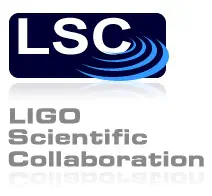
Abstract
The fourth science run of the LIGO and GEO 600 gravitational-wave detectors, carried out in early 2005, collected data with significantly lower noise than previous science runs. We report on a search for short-duration gravitational-wave bursts with arbitrary waveform in the 64–1600 Hz frequency range appearing in all three LIGO interferometers. Signal consistency tests, data quality cuts and auxiliary-channel vetoes are applied to reduce the rate of spurious triggers. No gravitational-wave signals are detected in 15.5 days of live observation time; we set a frequentist upper limit of 0.15 day^-1 (at 90% confidence level) on the rate of bursts with large enough amplitudes to be detected reliably. The amplitude sensitivity of the search, characterized using Monte Carlo simulations, is several times better than that of previous searches. We also provide rough estimates of the distances at which representative supernova and binary black hole merger signals could be detected with 50% efficiency by this analysis.